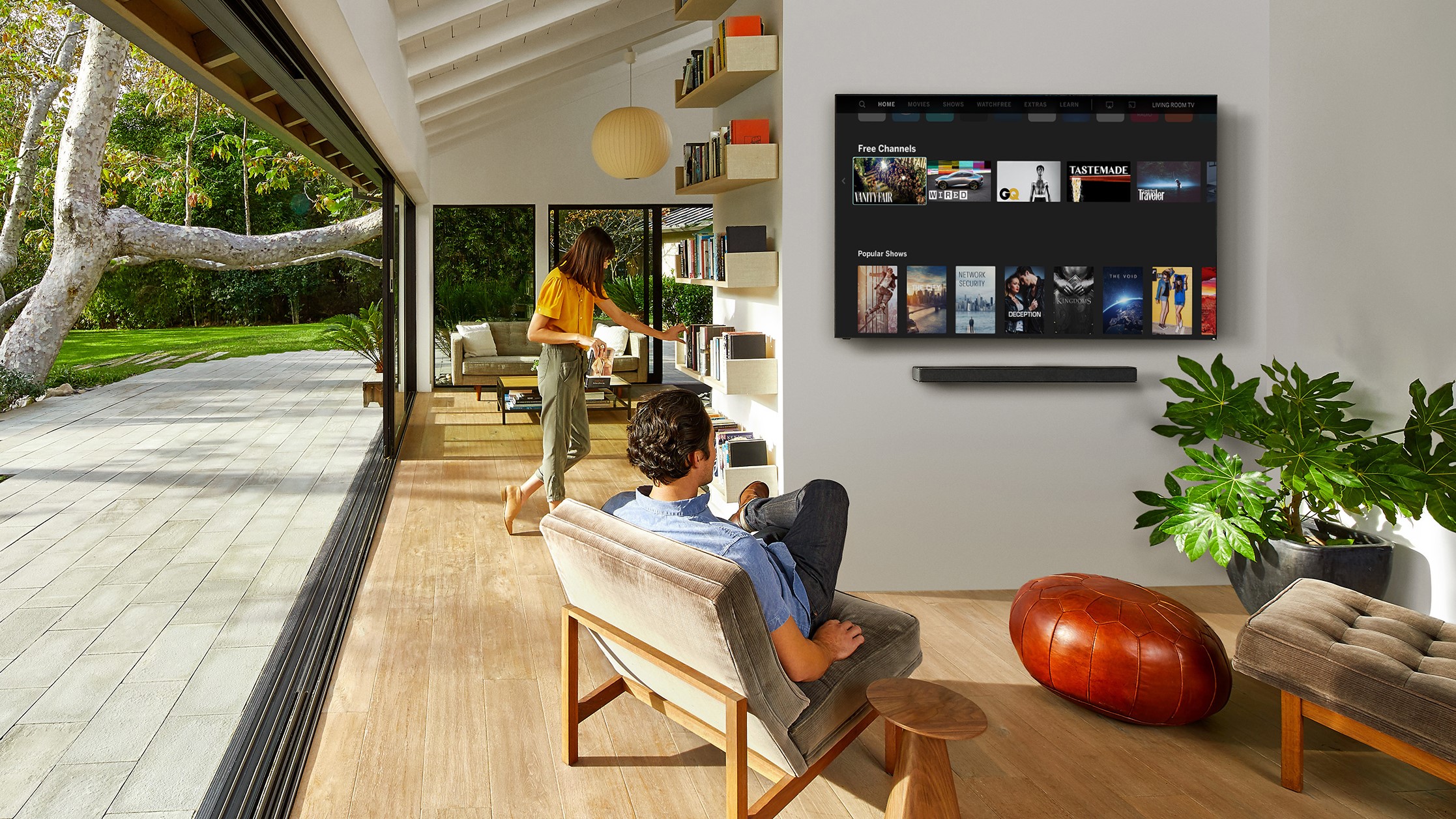Inscape Getting Viewing Data from 15M Smart TVs
Launches national panel for more precise data

Inscape, which harnesses the data from smart TVs made by parent company Vizio, said it now is getting viewing information from more than 15 million smart-TVs whose owners have opted-in.
Inscape also said it was launching a National Representative Panel of 3.5 million sets. Data from those sets is being indexed against Experion data for clients that want to know precisely how they compare to average homes.
“We’re extremely confident in the efficacy of our new NRP model and believe that being open about how we’ve constructed it will further drive confidence within the ecosystem both for the value of our new offering as well as the role smart TV data is playing across the industry,” said Zeev Neumeier, president of Inscape. “We’ll be looking to make ongoing extensions and enhancements and continue to invest in making it the gold standard for our licensees and their customers.”
Neumeier said that with Vizio sets mostly aimed at mid-market buyers, the data from them is very representative of American viewers. Vizio historically indexed its data against other sources. Now, the indexing of those 3.5 million homes makes it easier for clients demanding more accuracy.
“We’re proud to work with Inscape on their currency-class NRP, which leverages our background in TV measurement and combines our advanced data models with the industry’s largest commercially available ACR data set to provide advertisers with granular viewing data on even niche, hard-to-reach targets,” said Tom Weiss, CTO and chief data scientist at Dativa. “The Inscape NRP addresses one of the toughest challenges in the TV measurement space today—namely, how to create a dataset that is both granular enough to represent viewing in a fragmented TV landscape, and that accurately represents the broad range of demographics and targets that advertisers are interested in. We look forward to sharing our approach with the industry and applying feedback to make it ever better.”
Inscape also extended local affiliate attribution of major broadcast stations to all 210 local markets in the United States. That change gives users information about local content start times for live and time shifted viewing. It also tells which connected devices or apps within the TV were used to play content, contributing to better attribution and measurement.
The smarter way to stay on top of broadcasting and cable industry. Sign up below
Jon has been business editor of Broadcasting+Cable since 2010. He focuses on revenue-generating activities, including advertising and distribution, as well as executive intrigue and merger and acquisition activity. Just about any story is fair game, if a dollar sign can make its way into the article. Before B+C, Jon covered the industry for TVWeek, Cable World, Electronic Media, Advertising Age and The New York Post. A native New Yorker, Jon is hiding in plain sight in the suburbs of Chicago.

